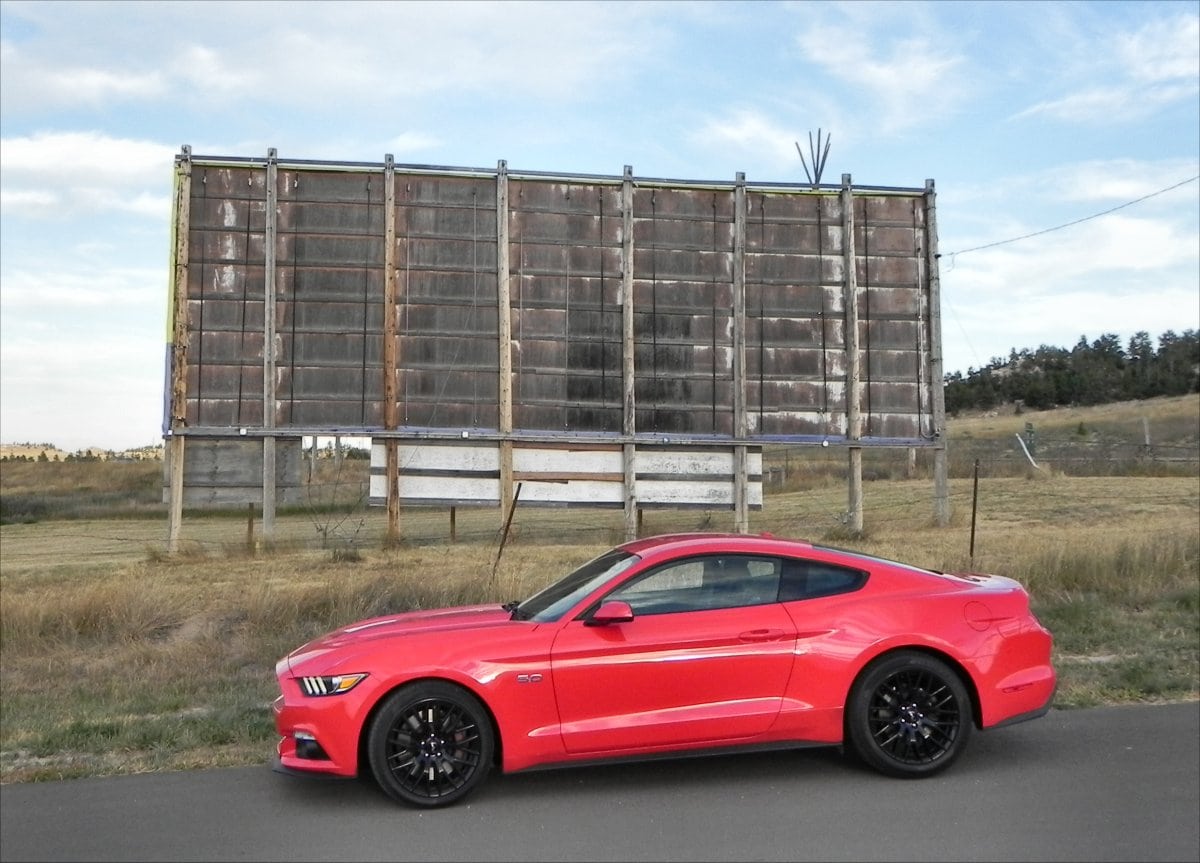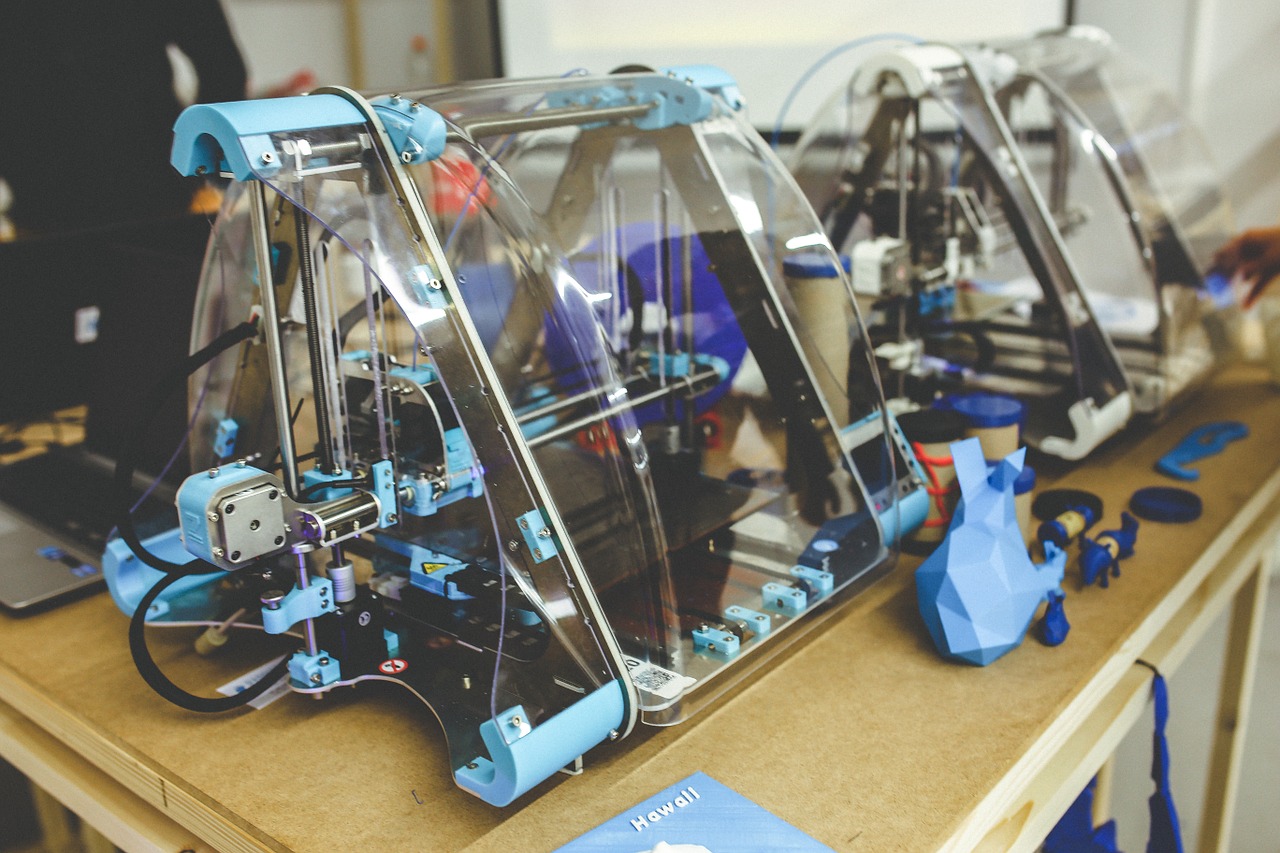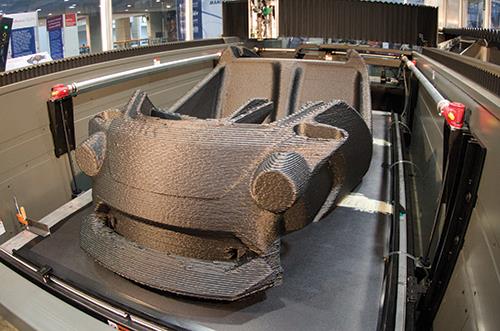3D printing used to belong in science fiction movies and books, but it has evolved in recent years into something that you can easily do in your own home. Hobbyists aren’t the only ones enjoying 3D printing, though — nearly every industry from space travel to car manufacturing is looking into potential applications for 3D printing.
Let’s take a closer look at the future of 3D printing in the automotive industry.
Tools and Parts
3D printing has made its mark even in space. To help an astronaut fix a problem in space, NASA designed a device and transmitted the design to the 3D printer on the International Space Station. 3D printed designs for cars don’t have to travel nearly as far as that ratcheting wrench did but that doesn’t make them any less useful.
Many car manufacturers are looking into using 3D printed parts for their cars. Advances in 3D printing technology mean that plastic, glass and even metal can be printed into nearly any shape. Volkswagen, for example, is using 3D printing to make everything from gear shifters to the metal pieces that connect the door handles to the interior.
3D Printed Cars
It’s not just car parts making the transition to 3D printing — it’s entire cars. With the versatility 3D printing provides, it is entirely possible to make every single one of the 30,000 parts that make up an average car with a 3D printer.
This has already proven to be a practical option. An electric car was made entirely on a 3D printer in 2014 by a U.S. company called Local Motors. From start to finish, the car took 44 hours to plant and passed a test drive after its completion. The same company, two years later, created a 3D printed autonomous vehicle named Olli that can travel up to 60 kilometers on a single charge.
It isn’t practical now, but as 3D printing technology continues to advance, the next car you buy might be completely 3D printed instead of manufactured in a traditional factor.
Some Things Never Change
No matter how far 3D printing technology has come or will continue to go in the future, some things will never change. Car frames are still made of steel and will even require self-tapping screws to hold them together. The electronics and interior are still often made by hand, especially in luxury or bespoke vehicles.
3D printing is a fantastic advancement in automotive technology, but it won’t replace the current manufacturing technologies for some time yet. As it stands though, 3D printing is quickly becoming an invaluable tool for the automotive industry. These 3D printed cars and car parts are not advanced enough to become mainstream quite yet, but it exciting to see how far the technology has come in so short a time, and we can’t wait to see where it will go in the future.
Even if you won’t be 3D printing a car in your garage anytime soon, there will probably be 3D printed pieces in your new car in the not too distant future.









